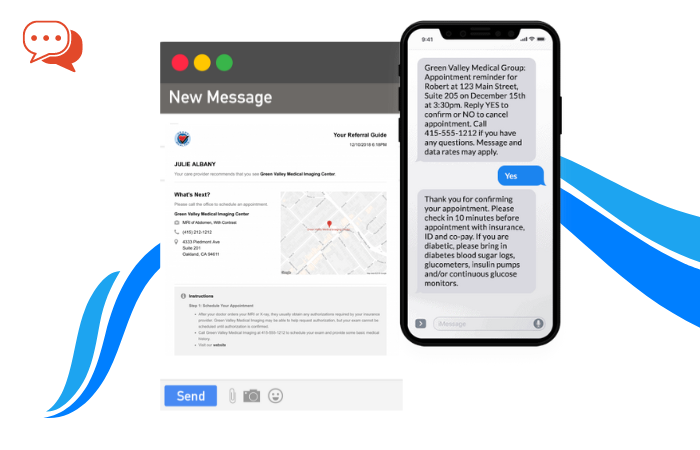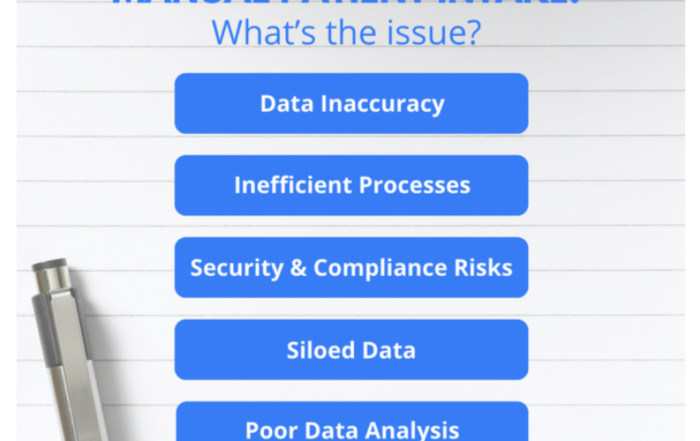
Image by Gerd Altmann from Pixabay
The COVID-19 pandemic was uncharted territory for the world. At this time of complete uncertainty, leaders needed all the resources in their arsenal to help fight the outbreak. They turned to artificial intelligence (AI) and data analytics to prevent clinical burnout and strengthen the healthcare industry’s line of defense against the coronavirus. In the rush to end COVID-19, government and healthcare leaders focus on AI and data analytics to help answer questions and eventually end the pandemic.
Over the years, AI technology has shown immense potential in transforming industries and decreasing workers’ burden when performing mundane tasks. Gone are the days when AI solutions were only used to manage and automate marketing services, email marketing, etc. The potential for big data analytics in healthcare is revolutionary, and these modern solutions can play a significant role in today’s healthcare crisis.
The massive volumes of data accumulated throughout the course of the outbreak may be overwhelming for researchers to process, but not for AI programs and algorithms. They are designed to process and analyze vast amounts of facts to help professionals deliver better care and support to patients. Healthcare professionals are on-board with embracing AI and big data to understand the virus better and create effective treatments.
Anticipating Disease Severity and Risk
Identifying what kind of patients are likely to get infected may be an essential factor for predicting the severity of the COVID 19. A team from Mount Sinai designed a predictive analysis model established on three medical factors: age, minimum oxygen saturation, and type of patient encounter. The results demonstrated that these three features could declare whether a COVID-19 patient would live or die.
Researchers are applying machine learning practices to the database of patients with COVID-19 to help identify and predict patients’ mortality. After thorough cross-checking and evaluation of datasets and health systems, clinicians may provide better healthcare to patients at a greater risk.
Similarly, medical experts from Johns Hopkins University School of Medicine leveraged analytics tools to predict and prepare for possible COVID-19 outcomes. Scientists were able to create a predictive analysis model that would indicate the probability of a patient’s condition to worsen at the hospital. Some of the risk factors involved in the model were the patient’s age, body mass index, vital signs, lung health, and chronic disease.
Naturally, it’s up to medical officials to devise algorithms trained on valuable information that can yield desirable outcomes, leading to resourcefulness and better care delivery. However, collecting reliable training data is challenging and time-consuming as organizations need to invest resources to develop accurate models. At the moment, researchers are working vigorously to overcome this challenge and train AI tools to gather information from distinct training materials.
Anthony Goldbloom, Co-founder, and CEO of Kaggle, a machine learning and data science society managed by Google Cloud, says that he hopes AI can be harnessed to revise and analyze vast amounts of articles and findings to discover key results about COVID-19.

Preparing For Medical Demands and Constraints
As the toll of COVID-19 intensified, the medical industry faced an overwhelming burden. As the volume of positive cases increased, medical resources started running short, and the burden on staff intensified. To prepare and better respond to the crisis, medical facilities have employed predictive tools and AI-powered solutions.
The Cleveland Clinic professionals developed a model in late April, which could estimate the patient volume, ventilator availability, bed space, and other resources. The model delivers accurate information to healthcare officials to help them monitor and optimize care for patients effectively. This includes predicting the requirements of medical facilities and staff and creating a repository of their resources.
The model is designed to track hospitalization volumes in the region and observe the rate of positive COVID-19 cases to help hospitals plan and prepare for rising patient numbers. The project’s primary scope is to accommodate the patients in the best way and handle the flood of patients as to when cases climb. It’s important to align the daily demand with the necessities like beds, staff, PPE, and other medical supplies to treat people. This way, they’ll watch over the patients effectively and allocate staff and space accordingly.
While the coronavirus outbreak has helped people understand the promise behind AI and data analytics tools, it has also highlighted the technology’s comparative immaturity. Several barriers to breakthroughs, such as data access, data sharing, and quality, still influence algorithms’ reliability. Experts and leaders worldwide are collaborating to overcome these data hurdles and make artificial intelligence a more prominent role in healthcare.
Moving forward, there will be an emphasis on collecting quality data for systems as it will accelerate research potential and drive better results. While some algorithms did fail in the past, that was due to the lack of refined content. If they have the fundamental data to deliver outcomes, they will work productively.
Plotting the Spread of the Virus
At this time of uncertainty, health officials need all the resources they can get to help them fight the coronavirus. In fact, gaining some idea on which areas would be hit next or experience an upcoming wave can truly help medical experts stay ahead of the game and prevent worse outcomes.
With AI technology and analytics tools, researchers can detect signatures and patterns of the spread in different regions to alert the public on SOPs and other safety measures. Recently, a team of researchers from Birmingham University, NY, designed multiple predictive analysis platforms to track the world’s COVID-19 spread. The ML algorithm in the model examined the trends of 50 countries that experienced the most numbers of COVID-19 cases reported.
Additionally, the program can also predict the virus’s course for the following three days from the date of the previous 14 days, provided with a ten-percent room for error or miscalculations. Experts working on the models comment that the number of infections is dependent on how strictly governments have implemented restrictions and whether or not the public adheres to those laws. It was also noted that some countries didn’t update the infection count daily and then updated them all on one day, which would cause a disruption in their database, which the model couldn’t predict.
Those things aside, with these predictive models, healthcare experts were able to declare a warning of an incoming second wave to urge people to follow safety guidelines and practice social distancing. Ultimately, the study’s main goal is to ensure hospitals and medical camps are equipped with the right stuff and can effectively look after patients.
Conclusion
The global health crisis has brought an intense need for our healthcare system to accelerate the shift towards machine learning and data analytics to provide care to patients. As we all brace for the impending second wave, the predictive analysis will play a major role in observing the virus’s influence. Fighting on the frontlines is not an easy battle, but we can be prepared to take on the next attack with AI-powered tools. We’ve witnessed and welcomed numerous unprecedented collaborations, and many experts have united under a common goal; to find solutions to fight the coronavirus.










